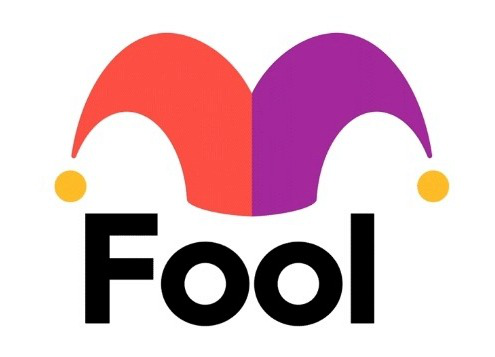Social Security is a lifeline for millions of older adults, and even small changes to the program can have a direct impact on your monthly budget.
The cost-of-living adjustment (COLA) may be the most anticipated change taking effect in 2025, with Social Security recipients set to see a 2.5% raise next year. That will add up to around $48 per month for the average retiree and roughly $39 per month for the average worker with disabilities.
But there’s more to Social Security than just the COLA, and there are a few big changes to keep on your radar as we head into the new year.

Image source: Getty Images.
1. Medicare premiums are increasing
Starting in 2025, Medicare Part B premiums will increase from $174.70 per month to $185 per month. While an increase of $10.30 per month may not seem significant, it can chip away at your monthly payments.
Most people have their Medicare premiums deducted automatically from their Social Security checks. Because next year’s COLA is already the smallest in several years, you won’t see a significant raise to begin with. But with Medicare taking an extra $10.30 bite out of your payment, the increase will be even smaller.
2. The earnings test limit is increasing
If you’re still working while on Social Security, there’s some good news coming in 2025: You can earn more before facing benefit reductions.
The earnings test limit only affects those under full retirement age (FRA) who receive earned income from a job while also collecting Social Security. If you earn more than the limit, your benefits will be temporarily reduced until you reach your FRA.
A new set of earnings test limits will take effect in January 2025, with both of these limits increasing:
| Earnings Test Limit: 2025 | Previous Earnings Test Limit: 2024 | Benefit Reductions | |
|---|---|---|---|
| If you will not reach your FRA in 2025 | $23,400 per year | $22,320 per year | $1 reduction for every $2 over the limit |
| If you will reach your FRA in 2025 | $62,160 per year | $59,520 per year | $1 reduction for every $3 over the limit |
Data source: Social Security Administration. Table by author.
For example, say that you’re 65 years old with an FRA of 67, and you’re earning $25,000 per year working part time. In 2024, your income would be $2,680 over the limit, shrinking your benefits by around $112 per month. But in 2025, that same income only surpasses the new limit by $1,600, reducing your checks by only $67 per month.
While these reductions are only temporary (and your checks will be recalculated at your FRA), the earnings test limits can have a major impact on your benefits in the short term. Higher limits will result in more money in your pocket right now, which can go a long way.
3. You could snag a higher maximum benefit
Next year will bring a higher maximum monthly payment, increasing from $4,873 per month to $5,108 per month. To reach this payment, you’ll need to meet a few requirements.
First, you’ll need to work for at least 35 full years, as your benefit is based on an average of your wages throughout the 35 years you earned the most. You’ll also have to consistently reach the maximum taxable earnings limit, which is the highest income subject to Social Security tax. Starting in 2025, that limit will be $176,100 per year.
The final component to earning the max payment is to wait until age 70 to begin claiming benefits. The maximum you can receive at age 62 in 2025 will be $2,831 per month, even if you meet all the other requirements, while the max at 67 is $4,043 per month.
Social Security will face changes from year to year, many of which can directly affect your bottom line. By staying aware of what’s coming as we head into 2025, you can start preparing your finances accordingly.
The $22,924 Social Security bonus most retirees completely overlook
If you’re like most Americans, you’re a few years (or more) behind on your retirement savings. But a handful of little-known “Social Security secrets” could help ensure a boost in your retirement income. For example: one easy trick could pay you as much as $22,924 more… each year! Once you learn how to maximize your Social Security benefits, we think you could retire confidently with the peace of mind we’re all after. Simply click here to discover how to learn more about these strategies.
View the “Social Security secrets” »
The Motley Fool has a disclosure policy.
 benzinga.com
benzinga.com fool.com
fool.com



